1. First Sub-Saharan Nation to Gain Independence: Ghana, formerly known as the Gold Coast, became the first sub-Saharan African country to achieve independence from British colonial rule on 6th March 1957.
2. Kwame Nkrumah – Founding Leader: Dr. Kwame Nkrumah, a prominent advocate of Pan-Africanism, led Ghana to independence and became its first Prime Minister and President.
3. Black Star Symbolism: The black star in the centre of Ghana’s flag represents the star of African freedom and the hope of liberation across the continent.
4. National Flag Colours: Ghana’s flag consists of red, gold, and green horizontal stripes. The red symbolises the blood of those who fought for independence, gold represents the country’s mineral wealth, and green signifies its rich forests.
5. National Anthem: Composed by Philip Gbeho, Ghana’s national anthem, “God Bless Our Homeland Ghana,” reflects the nation’s aspirations and patriotic spirit.
6. Black Star Square: Also known as Independence Square, this public square in Accra hosts national events, including Independence Day celebrations. It was completed in 1961 to commemorate Ghana’s independence.
7. 67th Independence Day Venue: The 2024 Independence Day celebrations were held at the Koforidua Youth Resource Centre in the Eastern Region, marking the first time the event was hosted in this region.
8. Theme for 2024 Celebrations: The 67th Independence Day was celebrated under the theme “Our Democracy, Our Pride,” highlighting Ghana’s democratic achievements.
9. Guest of Honour: Ivorian President Alassane Ouattara was the Special Guest of Honour at the 67th Independence Day celebrations, emphasising the strong diplomatic ties between Ghana and Ivory Coast.
10. Economic Achievements: Ghana is classified as a middle-income country, with services accounting for 50% of its GDP, followed by manufacturing (24.1%), extractive industries (5%), and taxes (20.9%).
11. Cocoa Production: Ghana is the second-largest producer of cocoa globally, renowned for its high-quality beans.
12. Tourism Attractions: The country boasts numerous tourist attractions, including waterfalls like Kintampo and Wli (the largest in West Africa), coastal beaches, caves, mountains, rivers, and lakes such as Lake Bosumtwi and Lake Volta—the world’s largest human-made lake by surface area.
13. Historic Forts and Castles: Ghana is home to several forts and castles, such as Cape Coast Castle and Elmina Castle, which are UNESCO World Heritage Sites and significant symbols of European-African encounters during the gold and slave trades.
14. Language Diversity: While English is the official language, Ghana is linguistically diverse, with languages such as Asante Twi widely spoken. French is also taught in schools due to Ghana’s proximity to French-speaking countries.
15. Black Star Line Inspiration: The black star symbol was inspired by Marcus Garvey’s Black Star Line, reflecting aspirations for African unity and pride.
16. National Pledge: Ghanaians recite a national pledge, reaffirming their commitment to integrity and the nation’s development.
17. E.T. Mensah’s “Ghana Freedom”: Celebrated highlife musician E.T. Mensah composed “Ghana Freedom,” a song that became synonymous with the nation’s independence celebrations.
18. Independence Arch: Located at Black Star Square, the Independence Arch is a monument commemorating Ghana’s liberation from colonial rule.
19. Liberation Day Monument: This monument honours those who fought for Ghana’s independence, symbolising the nation’s gratitude to its freedom fighters.
20. National Motto: Ghana’s national motto is “Freedom and Justice,” reflecting the country’s foundational principles and aspirations.
These facts highlight Ghana’s rich history, cultural heritage, and significant milestones as the nation commemorates its 67th year of independence.
Happy Independence Day Ghana from all of us at Edutimes Africa






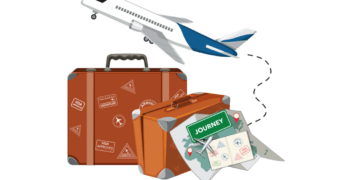
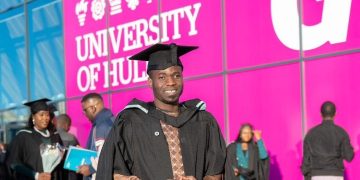

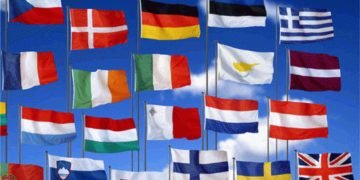






































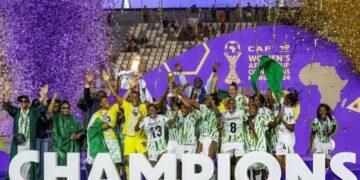









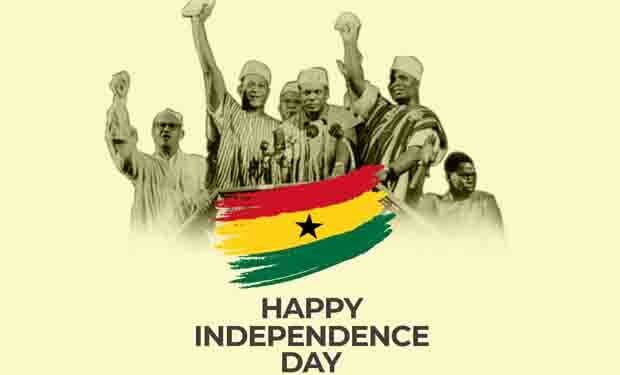


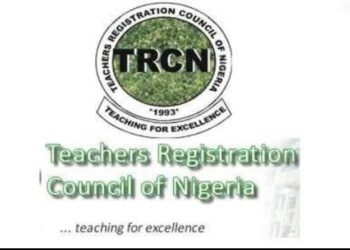

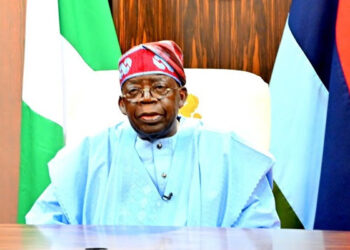
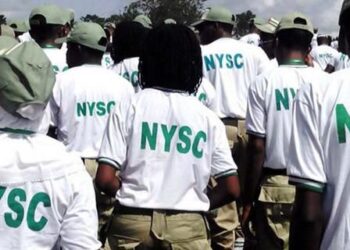
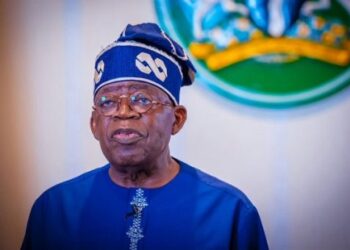










 EduTimes Africa, a product of Education Times Africa, is a magazine publication that aims to lend its support to close the yawning gap in Africa's educational development.
EduTimes Africa, a product of Education Times Africa, is a magazine publication that aims to lend its support to close the yawning gap in Africa's educational development.

